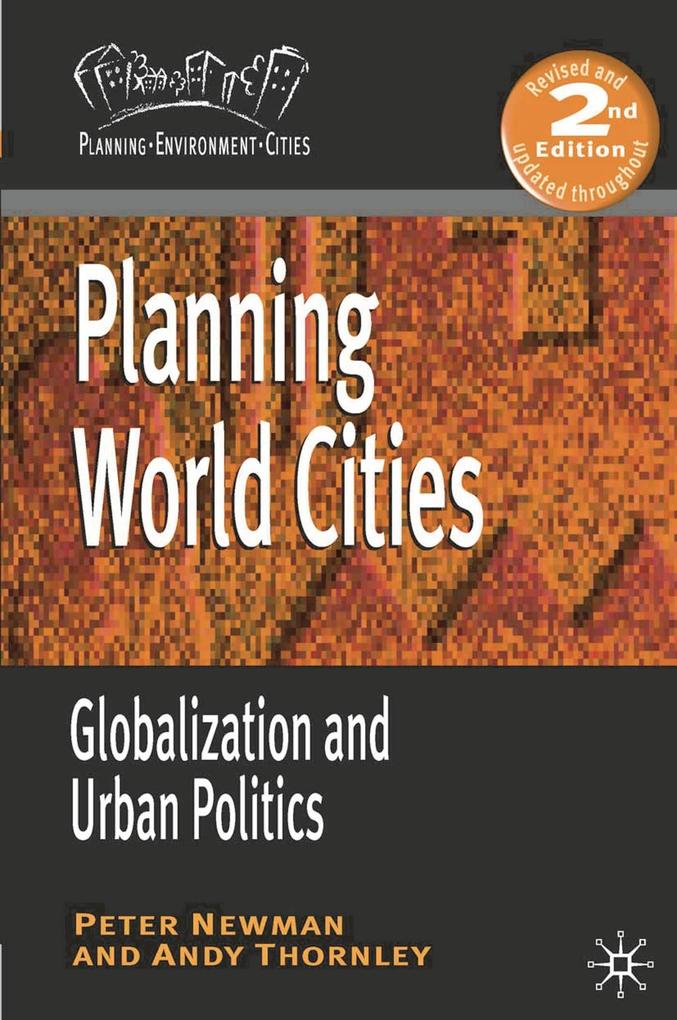
Zustellung: Mo, 21.07. - Do, 24.07.
Versand in 5 Tagen
VersandkostenfreiThis major comparative text on urban planning, and the global and regional context in which it takes place, examines what have been traditionally regarded as 'world cities' (New York, London, Tokyo) and also a range of other important cities in America, Europe and Asia. The authors show the role planning has played in the way cities have responded to the forces of globalization, and argue for the importance of diverse rather than one-size-fits-all planning practices.
This fully revised second edition systematically brings the debates on the impact of globalization right up to date and provides integrated coverage of the latest planning theory and practice. It also contains extended analysis of the implications of the rapid growth of Chinese cities such as Shanghai, Hong Kong and Beijing. New material is included on the impact of globalization on poorer mega-cities like Mumbai and Johannesburg.
This fully revised second edition systematically brings the debates on the impact of globalization right up to date and provides integrated coverage of the latest planning theory and practice. It also contains extended analysis of the implications of the rapid growth of Chinese cities such as Shanghai, Hong Kong and Beijing. New material is included on the impact of globalization on poorer mega-cities like Mumbai and Johannesburg.
Inhaltsverzeichnis
Introduction.- PART I: CONCEPTUAL FRAMEWORK.- Global Transformation.- The World City Debate.- Planning and Governance: Nation States, City-regions and Urban Politics.- Globalizing Cities outside the Core Global Regions.- PART II: NORTH AMERICA.- Cities in the North America Region.- New York: Capital of the World.- The Challenge to New York's World City Dominance: Toronto, Mexico City, Chicago, or Los Angeles?.- PART III: EUROPE.- European Integration and Competitive City Regions.- London: From Fragmentation to World City Promotion.- Europe's World City Contenders: Paris, Berlin, Barcelona Istanbul?.- PART IV: PACIFIC ASIA.- Pacific Asia: Strong State Leadership and Rapid Urban Transformation.- Tokyo: Shaping a World City in the Face of Economic Turbulence.- Regional Competition for World City Status Mega-Projects and State-Led Visions in Singapore, Hong Kong, Shanghai and Beijing.- PART V: CONCLUSIONS.- Planning World Cities.
Mehr aus dieser Reihe
Produktdetails
Erscheinungsdatum
21. Juni 2011
Sprache
englisch
Seitenanzahl
352
Reihe
Planning, Environment, Cities
Autor/Autorin
P. Newman, Andy Thornley
Verlag/Hersteller
Produktart
kartoniert
Gewicht
535 g
Größe (L/B/H)
234/156/19 mm
ISBN
9780230247321
Entdecken Sie mehr
Bewertungen
0 Bewertungen
Es wurden noch keine Bewertungen abgegeben. Schreiben Sie die erste Bewertung zu "Planning World Cities" und helfen Sie damit anderen bei der Kaufentscheidung.














